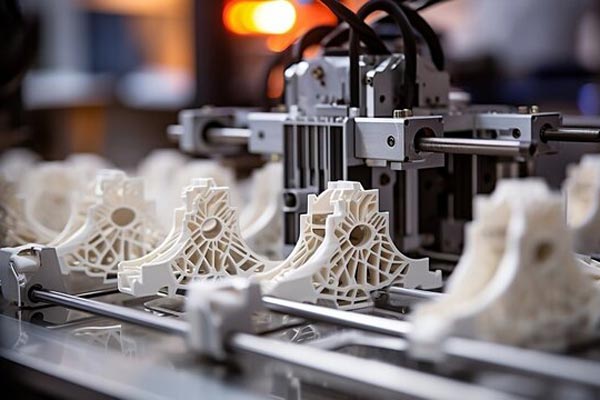In the fast-paced world of product development, businesses are constantly seeking innovative ways to bring their ideas to life quickly and efficiently. Rapid prototyping has emerged as a game-changer in this landscape, allowing companies to iterate on designs, test functionality, and gather feedback with unprecedented speed. This article delves into the concept of rapid prototyping, its benefits, and its application across various industries.
Understanding Rapid Prototyping:
Rapid prototyping is a methodology used to create a scaled-down model or prototype of a product, often using 3D printing or computer-aided design (CAD) software. Unlike traditional prototyping methods that may take weeks or even months to produce a single prototype, rapid prototyping accelerates this process significantly, enabling multiple iterations in a matter of days.
Key Benefits of Rapid Prototyping:
Accelerated Development: By reducing the time it takes to create prototypes, rapid prototyping enables faster iteration cycles, allowing designers and engineers to refine their concepts rapidly.
Cost Efficiency: Traditional prototyping methods can be costly, especially when outsourcing to third-party manufacturers. Rapid prototyping minimizes expenses associated with tooling and production, as it typically requires fewer materials and resources.
Enhanced Collaboration: Rapid prototyping facilitates collaboration between cross-functional teams by providing tangible models that stakeholders can interact with and provide feedback on, leading to better-informed design decisions.
Iterative Improvement: The ability to quickly create and test prototypes allows for continuous improvement throughout the product development lifecycle. Design flaws and usability issues can be identified early on, saving time and resources down the line.
Customization and Personalization: Rapid prototyping techniques enable the customization and personalization of products to meet specific user needs and preferences, fostering greater customer satisfaction and loyalty.

3D printing machines
Applications Across Industries:
Product Design and Development: Rapid prototyping is widely used in industries such as consumer electronics, automotive, and aerospace to develop and refine new products and components.
Healthcare: In the field of medicine, rapid prototyping is utilized to create anatomical models for surgical planning, prosthetics, and medical devices, enabling healthcare professionals to deliver more personalized and effective treatments.
Architecture and Construction: Architects and construction firms leverage rapid prototyping to create scale models of buildings and structures, allowing clients to visualize designs and make informed decisions before construction begins.
Education and Research: Rapid prototyping is also employed in educational settings to teach design and engineering concepts, as well as in research laboratories to prototype experimental setups and scientific instruments.
While rapid prototyping offers numerous benefits, it also presents some challenges and considerations. These include:
Material Limitations: Not all materials are suitable for rapid prototyping, and the properties of the chosen material may differ from the final production material.
Accuracy and Resolution: Achieving high levels of accuracy and resolution in rapid prototypes can be challenging, particularly with certain 3D printing technologies.
Intellectual Property Risks: Rapid prototyping may increase the risk of intellectual property theft, as digital designs can be easily shared and replicated.
Integration with Traditional Processes: Integrating rapid prototyping into existing workflows and processes may require organizational changes and investments in training and infrastructure.
Rapid prototyping has transformed the way items are developed, designed, and brought to market. By enabling rapid iteration, cost-efficient testing, and enhanced collaboration, it empowers businesses to innovate more effectively and deliver better products to customers. While challenges remain, the benefits of rapid prototyping far outweigh the obstacles, making it an indispensable tool for companies across industries striving to stay ahead in today’s competitive marketplace.
